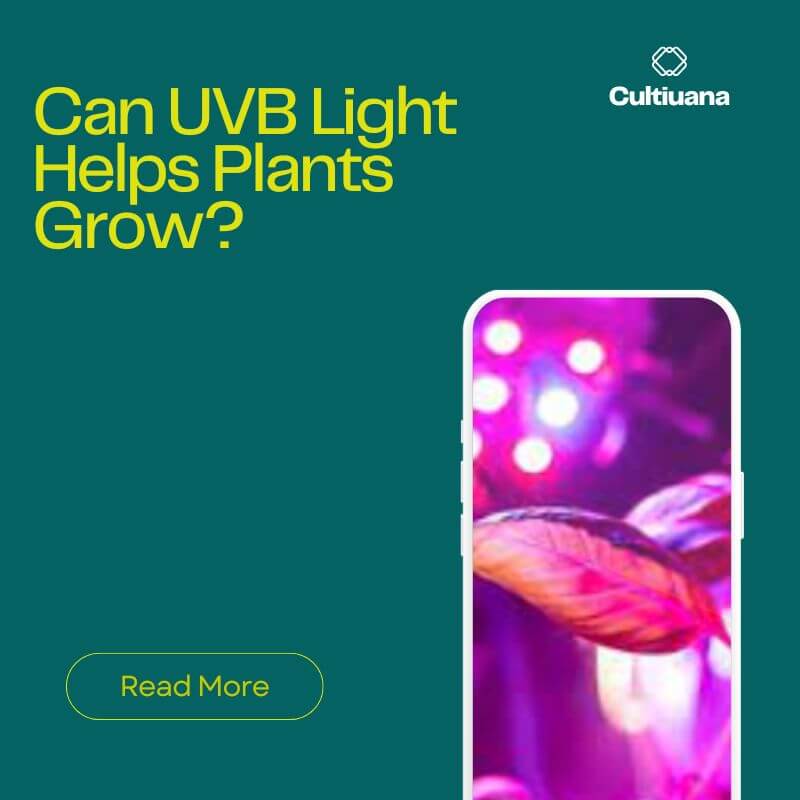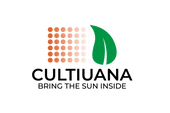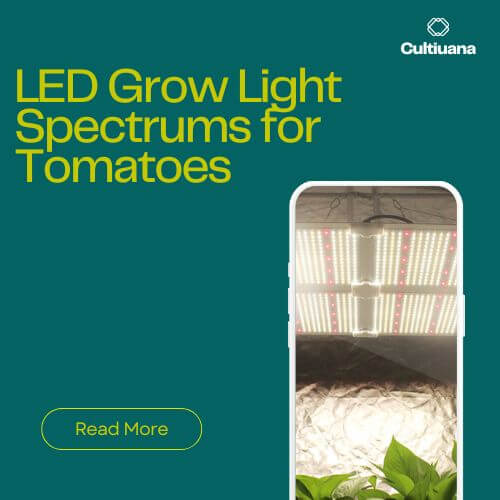
Can UVB Light Helps Plants Grow?
UVB light can potentially help with certain aspects of plant growth, but it must be used carefully and in moderation, as too much UVB radiation can damage plants.
Here Are Some Key Points About Using UVB Light for Plant Growth:
Photosynthesis: UVB radiation does not directly drive photosynthesis in plants. Photosynthesis primarily uses visible light and some near-infrared wavelengths.
Secondary Metabolites: Moderate levels of UVB (wavelengths between 280-320 nm) exposure can increase the production of secondary metabolites like terpenes and flavonoids in plants. This can enhance the aroma, flavor, and therapeutic effects of the plant material.
Compact Growth: UVB can promote a more compact growth habit with shorter internodes and thicker stems/leaves in some plants.
Stress Response: UVB triggers stress responses in plants that can increase the plants' resistance to pests, diseases, and environmental stresses by stimulating the production of defense proteins. This can lead to healthier, more resilient plants.
Flowering: Some studies show UVB exposure can improve flowering and fruit development in certain crops.
However, excessive UVB radiation can cause sunburn, inhibit photosynthesis, stunt growth, and potentially generate harmful free radicals. Most horticulture lighting aims to minimize or filter out UVB entirely.
If using supplemental UVB, it should only comprise a very small percentage (<1%) of the total light output and be carefully controlled. Most plants receive sufficient UVB from sunlight outdoors.
A Word of Caution:
there is a lot of energy in the UV-B portion of the electromagnetic spectrum. Make sure to protect your skin and eyes if working with a grow fixture that emits photons in this region.




